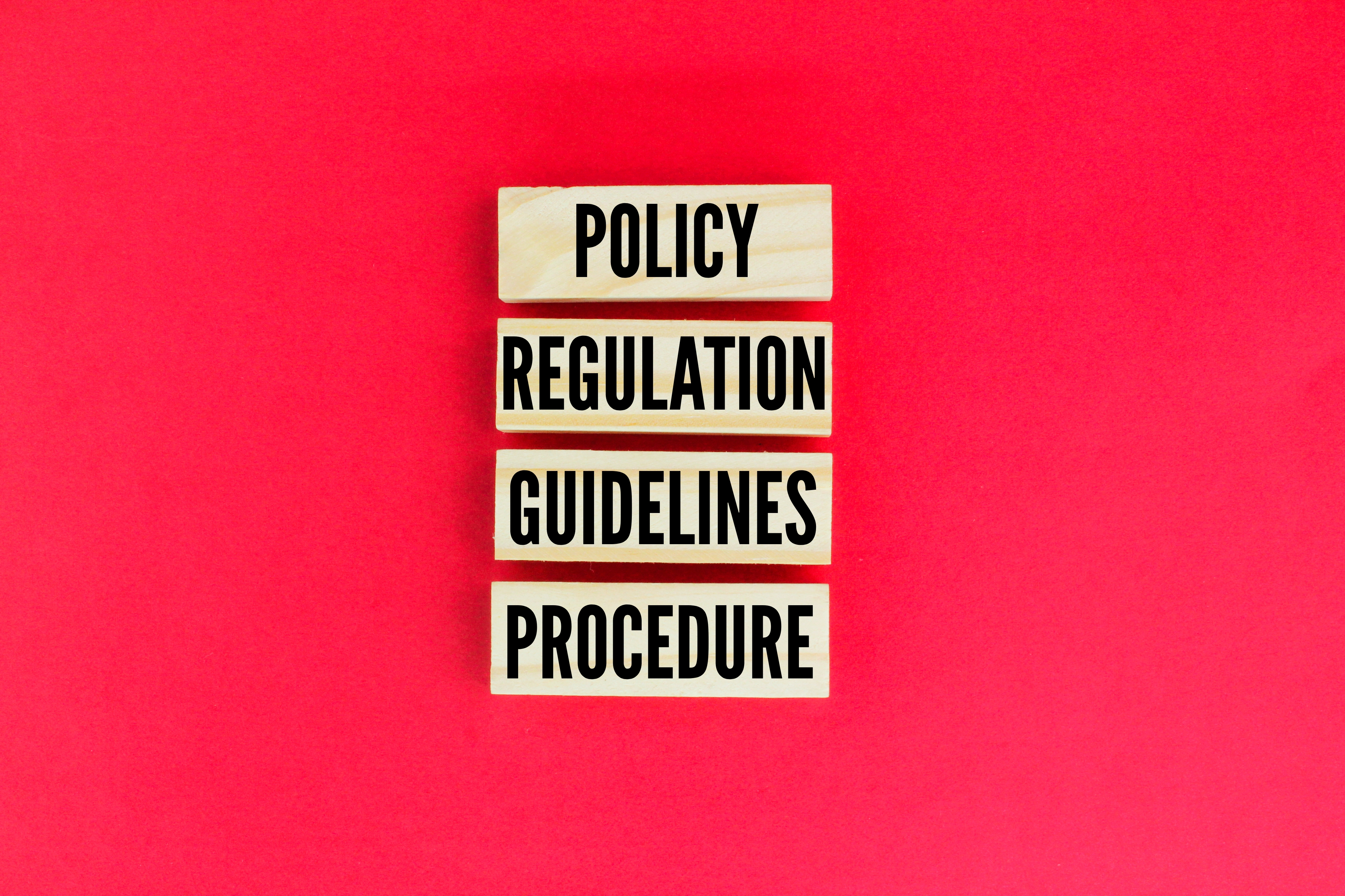
Understanding Compliance Regulations in the Life Science Sector Part 1
Compliance with industry regulations is non-negotiable in the fast-paced and highly regulated realm of life sciences. Navigating the intricate web of rules and standards is essential to ensure product and service safety, efficacy, and quality. This blog seeks to unravel the complexities of compliance regulations in the life science sector, providing a comprehensive understanding for professionals and organizations operating within this dynamic field.
Understanding the FDA
The FDA, or the U.S. Food and Drug Administration, is a federal agency responsible for protecting and promoting public health by controlling and supervising the safety of foods, dietary supplements, prescription and over-the-counter medications, vaccines, biopharmaceuticals, blood transfusions, radiation-emitting devices, veterinary products, and more.
For companies in the life sciences, the FDA plays a crucial role in regulating and overseeing the development, manufacturing, and marketing of medical products. Here are some ways the FDA affects companies in the life sciences:
- Drug Approval and Regulation: The FDA reviews and approves new drugs and biologics before they can be marketed and sold. Companies in the pharmaceutical and biotechnology industries must submit extensive data on the safety and efficacy of their products, and the FDA evaluates this information to determine if the benefits outweigh the risks.
- Medical Device Regulation: Companies that manufacture medical devices, ranging from simple tools to complex machinery, must adhere to FDA regulations. The agency classifies devices into different categories based on risk, and companies must comply with specific design, manufacturing, and labeling requirements.
- Biological Products: The FDA regulates biologics, including vaccines, blood components, gene therapies, and cellular therapies. Companies developing and manufacturing these products must meet stringent standards to ensure their safety and effectiveness.
- Quality Control and Good Manufacturing Practices (GMP): Life sciences companies are required to follow Good Manufacturing Practices to ensure the quality and consistency of their products. The FDA conducts inspections to verify compliance with these standards.
- Clinical Trials Oversight: Before a new drug or medical device is approved, it typically undergoes clinical trials. The FDA oversees these trials to ensure that they are conducted ethically, with patient safety in mind, and that the data generated is reliable.
- Labeling and Marketing: The FDA regulates the labeling and marketing of pharmaceuticals and medical devices to ensure that the information provided to healthcare professionals and the public is accurate and not misleading.
- Post-Market Surveillance: Even after a product is approved and, on the market, the FDA continues to monitor its safety. Companies are required to report adverse events, and the FDA may take regulatory action if safety concerns arise.
Consequences for non-compliance with FDA regulations
Non-compliance with FDA regulations can result in serious consequences for companies, including product recalls, fines, and legal actions.
Understanding Code of Federal Regulations (CFR)
The CFR is a compilation of regulations established by federal agencies, including the FDA, to implement laws enacted by Congress. It is divided into 50 titles, each covering specific regulatory areas. Title 21 is particularly relevant for life sciences, encompassing FDA regulations on food and drugs.
Key Aspects of CFR Regulations:
- Good Manufacturing Practices (GMP): CFR outlines GMP regulations to ensure the consistent quality and safety of products, including pharmaceuticals and medical devices.
- Quality Systems Regulation (QSR): QSR, under CFR Title 21, governs the design, production, and distribution of medical devices to guarantee their safety and effectiveness.
- New Drug Application (NDA) Process: Title 21 of CFR provides the regulatory framework for submitting and approving NDAs, a critical step in bringing new drugs to market.
Significance in Life Sciences:
- Patient Safety: FDA and CFR regulations are designed to prioritize patient safety, ensuring that products meet rigorous standards before reaching consumers.
- Innovation and Research: The regulatory framework encourages innovation by providing a clear pathway for the approval of new drugs, medical devices, and therapies.
- Global Impact: Many countries reference FDA and CFR standards, making compliance essential for companies engaged in international trade and commerce.
Conclusion
FDA and CFR regulatory frameworks not only safeguard public health but also foster innovation and maintain the integrity of the industry. Navigating the regulatory landscape requires a commitment to compliance, ensuring that life science companies contribute to a safer and healthier world.
About Astrix
Astrix provides market-leading life science domain expertise, strategy, technology, and staffing services from one integrated team working seamlessly together. As a leading staffing solutions provider in this field, we deeply understand the regulatory landscape and work tirelessly to ensure that our clients are fully compliant with industry regulations. Our team of experts provides customized staffing solutions to ensure our clients have the talent they need to meet compliance standards and achieve their business objectives.
Case Study: LabWare Centralized Data Review for a Global Biopharmaceutical Company
Overview A global biopharmaceutical company specializing in discovery, development,... LEARN MOREWhite Paper: Managing Data Integrity in FDA-Regulated labs.
New White Paper LEARN MORELET´S GET STARTED
Contact us today and let’s begin working on a solution for your most complex strategy, technology and staffing challenges.
CONTACT US


